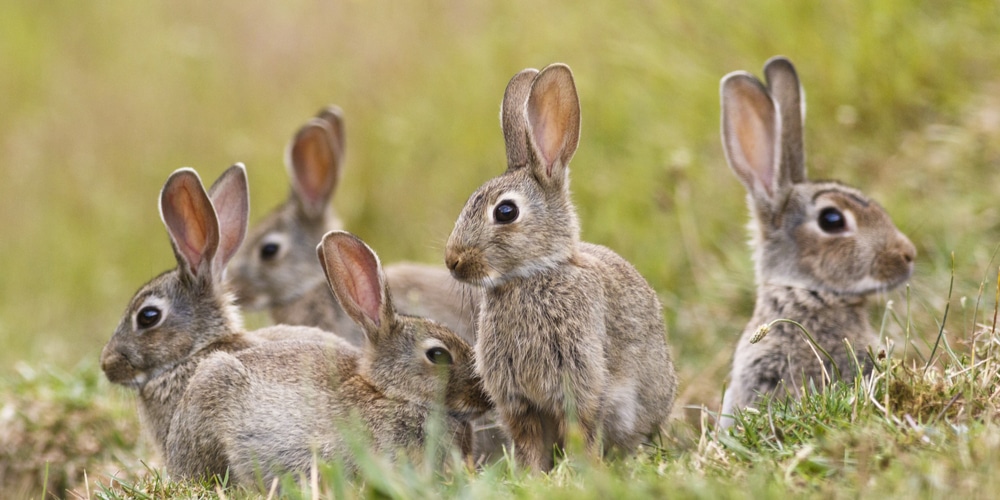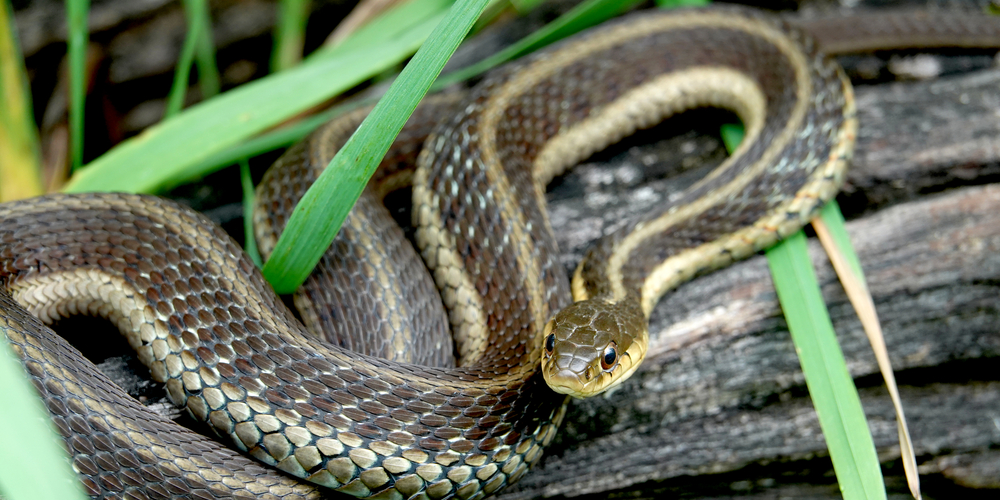Long story short. A large snake will eat a comparatively small rabbit.
Dietary Habits of Snakes
Snakes exhibit a varied palette, with some species including rabbits among their prey. This section will explore the details of snake predation on rabbits and how often snakes engage with this type of prey.
Predation on Rabbits
- Species Specialization: Not all snakes prey on rabbits.
- Larger constrictor species, such as Pythons and Boas, are well-known for preying on mammals including rabbits, due to their size and hunting capabilities. Context on rabbit predation must be considered when understanding their role in a snake’s diet.
- Hunting Techniques: Snakes that feed on rabbits typically employ constriction to subdue their meal.
- They may also take advantage of juvenile rabbits which are easier to overpower and consume due to their smaller size.
Feeding Frequency and Rabbit Prey
- Meal Sizing: When your snake consumes a rabbit, it often provides sustenance for a longer period compared to smaller prey, allowing for less frequent feeding intervals.
- Juvenile vs Adult Prey: It’s noted that while adult rabbits may be too large for many snake species, juvenile rabbits are a more common target.
- This is significant in understanding the feeding frequency of snakes that include rabbits in their diet, as availability and size of prey largely influence their eating habits.
Rabbit Species as Snake Prey
Among the variety of prey animals that snakes consume, rabbits represent a significant food source for certain snake species. Your comprehension of this dynamic is crucial when considering the interactions in the wild.
Vulnerability and Defensive Behaviors
- Size and Development: Juvenile rabbits are more susceptible to snake predation due to their smaller size and underdeveloped defensive skills.
- External Threats and Rabbit Response:
- Predation at Night: Rabbits are most vulnerable at dusk and dawn, times when many predatory snakes are active.
- Quick Reflexes: Rabbits exhibit rapid and agile movements as a defense mechanism.
Common Rabbit Species in Snake Diets
- Cottontail Rabbits: Small size makes young cottontails a more common target for snakes.
- European Rabbits: Both juveniles and, in rare cases, smaller adults may fall prey to larger snakes.
- Domestic Rabbits: Despite being larger, domestic rabbits can be at risk, particularly when housed in outdoor enclosures accessible to snakes.
It is essential for you to consider how the natural habitat and the size of the snake influence their prey choices, with different snake species showing varied preferences towards rabbit prey.
Snake Species Known to Eat Rabbits
In exploring various snake species, you’ll find that both constrictors and some venomous snakes have rabbits on their menu, depending on the snake’s size and the habitat they share with rabbits.
Constrictors Versus Venomous Snakes
- Constrictors:
- Pythons and Boas: These large constrictors are adept at eating rabbits.
- The pythons and boas can consume adult rabbits due to their ability to overpower and then swallow their prey whole.
- Bull Snakes: On the smaller scale, bull snakes can also consume rabbits, primarily focusing on younger or smaller individuals.
- Venomous Snakes:
- While less common, certain venomous snakes may prey on baby rabbits.
- They employ their venom to immobilize the prey before ingestion. However, due to the size of adult rabbits, venomous snakes are less likely to hunt them as prey.
Habitat and Rabbit Predation
The likelihood of a snake eating a rabbit strongly depends on the environment they cohabit:
- Natural Habitats:
- Wild rabbits are more at risk in their natural environment since they may come across a variety of snakes, including those with the capability to consume them.
- Semi-Urban Areas:
- Rabbits in these areas face danger from snakes that adapt to human environments.
- For smaller or baby rabbits, even in urban settings, the risk persists.
Snakes Can Help Control Rabbit Population
In the intricate tapestry of nature, you will find that every interaction holds significance, especially when it comes to predator-prey relationships, such as those between snakes and rabbits, which can profoundly influence ecosystems.
Effects of Snake Predation on Rabbit Populations
- Population Control: You’ll see that snakes are natural population controllers. By preying on rabbits, snakes help to keep rabbit numbers in check. This is crucial because unchecked rabbit populations can lead to overgrazing and habitat degradation.
- Genetic Selection: Snakes also indirectly influence the genetic robustness of rabbit populations.
- By typically catching weaker or slower rabbits, snakes may promote the survival of the fittest, potentially leading to stronger, more adaptable rabbit generations.
Snake-Rabbit Dynamics in Food Chains
- Predator Support: Snakes are key predators in many ecosystems, and by feeding on rabbits, they obtain essential nutrients required to sustain their own population. This positions snakes as a critical link in the food chain.
- Consequential Ripple Effects: Here’s what happens when snake predation on rabbits is altered:
- Decreased Snake Populations: If snake numbers decline, this could lead to a rabbit population surge.
- Increased Alternate Predation: Other predators may face increased competition for food or may switch to preying on rabbits, altering the dynamics throughout the food web.
Frequently Asked Questions
This section tackles some crucial inquiries about the dietary patterns of snakes, especially concerning their capability to consume various prey, including rabbits.
What types of prey are commonly consumed by snakes?
- Snakes have varied diets, but they typically consume rodents, birds, eggs, and other reptiles.
- Depending on their habitat and size, snakes adapt their prey choices accordingly.
Are small mammals part of a snake’s natural diet?
- Small mammals like mice and voles are a staple in the diet of many snake species.
- Your garden snake or a nearby rattler are most likely to be hunting these tiny creatures.
How does the size of a snake affect its dietary preferences?
- Large snakes such as boas and pythons favor bigger prey, like mammals or even other reptiles.
- Conversely, smaller snakes usually target prey they can easily overpower and ingest, like invertebrates and small rodents.
Can snakes prey on animals as large as rabbits?
- Indeed, some predatory snakes can eat rabbits, especially large constrictors with the ability to subdue such sizable prey.
- Smaller snakes might target juvenile rabbits, which are easier to capture and consume.
What are the feeding habits of predatory snakes in the wild?
- Predatory snakes often employ ambush tactics, lying in wait to strike swiftly at unsuspecting prey.
- These predators typically eat less frequently but in larger quantities, consuming entire prey items whole.
How do snake feeding behaviors impact local wildlife populations?
- Snakes play an essential role in regulating local wildlife populations, keeping prey species in check.
- Their presence and feeding habits contribute to a balanced ecosystem, maintaining the diversity and health of the habitat.
Last update on 2025-04-18 / Affiliate links / Images from Amazon Product Advertising API




